What is a business model?
Description, Our Business Model Framework, Business Model Example
What is a Business Model?
You often hear “business model” in various business conversations, in the news, and online. The concept seems to refer to something elusive, yet it seems important enough for you to understand. Let’s look at what is a business model.[ez-toc]
What is a business model? Let’s find out!
Every business entity exists to fulfill its objectives. Most commonly, for-profit organizations exist to make money to their shareholders. Non-profit organizations are created to achieve their mission. Their missions are often based on some social benefit, such as helping homeless, contributing to health-related causes, or to broader goals of helping to heal, inspire, or educate its members. Business models apply to any form of business entity. As such, my simple definition of the business model is:An approach by means of which a business accomplishes its objectives.
A business model is not just a framework, a strategy, a set of activities, or a systemic way to unlock long term business value. Those interpretations of the business model focus on specific aspects of how a business model is created, designed, or operated. It is also important to note that the term “business model” applies to for-profit and non-profit business entities. As such, the structure of the business model needs to be able to account for both. Let’s look at the components of a business model to understand better a business model, and how to best leverage business model insights for your business.
What are the components of a business model?
A business model includes all the components needed for the business model to achieve its objectives. Here is how all of the components of the business model fit together: Each of the components of the business model has its success criteria and outcomes. Let’s review components for you to understand better what is a business model and see how these components fit into the business model framework.
Each of the components of the business model has its success criteria and outcomes. Let’s review components for you to understand better what is a business model and see how these components fit into the business model framework.
1. Product and Service Inputs
Depending on what kind of business your company is in, your company’s products or services first need to be created and then – operated. The Business Model Framework shows the fully operational state of the business model. During ongoing operations, in order to create products or services, your company needs:- Raw materials
- Supplies
- Staff time & expertise
- Tools & machinery
- Equipment
- Computers, electronics
- Digital products
- Facilities and assets
- Supporting services – that you procure, or outsource
- Other resources at your disposal
2. Core Competencies
Core competencies are what your company is your really great at. More precisely, all the areas where your company is stronger than its competition. There is one important distinction here. A company, and cumulatively – all of its employees may be good at a great many things. Yet, a company has a specific vision and mission. To remain competitive, your company needs to have a surgically sharp focus on what is required to accomplish its vision and objectives. Those are the core competencies that you care most about, that you want to nurture, develop, and enhance. The sharper your focus is, the higher is the likelihood that your core competencies will result in a competitive advantage. It is also important to note that the focus doesn’t translate to niche specialization. Your company can be targeting a sufficiently broad segment of the market, and your core competencies can include only items that are needed to support that segment. Key success factor: alignment of your core competencies to your vision3. Products and Services
Core competencies of your business model manifest themselves into the products and services that you create. Essentially, those are the ways how you can package and deliver the value to your customers. When using your products or services, your customers will obtain some kind of value. Your products and services may help them automate something, address some pains, increase, multiply or enhance some benefits, or achieve satisfaction. Your products and services need to align with your customers’ needs, or, in other words, you need to help your customers with what pains them. More precisely, such alignment is needed with what your customers want, which is what they will spend money on. That may not necessarily be the same as what they need because, as we know – “wants” come before “needs.” Brands and companies spend at least some marketing on educating customers about their needs, and related opportunity costs, drawbacks of the status quo, hopefully shifting perceptions to be buying based on the need.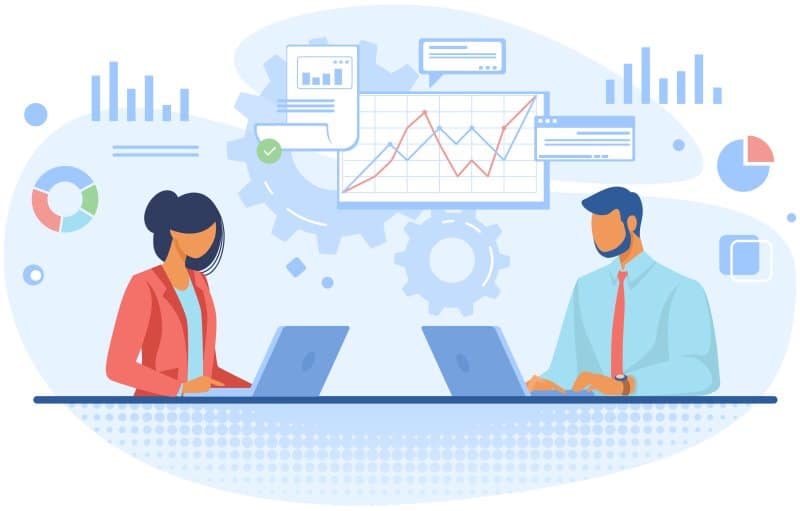 To accomplish those objectives, products and services need to be relevant. More specifically, they need to be aligned with the demand that your customers may have, and ideally – target the market niche that is not fully saturated.
Focus is another crucial aspect of the product and service design. In the chosen market segment, are you attempting to address your customers’ pains, or would you prefer to help them out with the specific ones?
Another crucial consideration when designing your products or services – is its effectiveness in addressing the needs. Your products need to be effective in addressing the root causes of why they were purchased. Who would buy a shampoo that doesn’t wash well? Likely – only first time buyers, and by mistake.
Lastly, to achieve a sustainable business model, your products and services need to be financially viable. If you have a for-profit organization, your products need to generate sufficient business value for your shareholders and company owners.
If you are in a non-profit organization, while delivering your products and services, they need to generate enough revenue to keep your organization afloat. Alternately, they need to generate enough value to your customers – for your funders to continue funding your organization.
For example, consulting companies for junior and intermediate resources, have a 3 x rule. Clients are charged 3x the salary of the consulting associate. This product pricing makes the delivery of services financially viable.
To accomplish those objectives, products and services need to be relevant. More specifically, they need to be aligned with the demand that your customers may have, and ideally – target the market niche that is not fully saturated.
Focus is another crucial aspect of the product and service design. In the chosen market segment, are you attempting to address your customers’ pains, or would you prefer to help them out with the specific ones?
Another crucial consideration when designing your products or services – is its effectiveness in addressing the needs. Your products need to be effective in addressing the root causes of why they were purchased. Who would buy a shampoo that doesn’t wash well? Likely – only first time buyers, and by mistake.
Lastly, to achieve a sustainable business model, your products and services need to be financially viable. If you have a for-profit organization, your products need to generate sufficient business value for your shareholders and company owners.
If you are in a non-profit organization, while delivering your products and services, they need to generate enough revenue to keep your organization afloat. Alternately, they need to generate enough value to your customers – for your funders to continue funding your organization.
For example, consulting companies for junior and intermediate resources, have a 3 x rule. Clients are charged 3x the salary of the consulting associate. This product pricing makes the delivery of services financially viable.
4. Value Proposition
Specific features of your product or service offer a perceived value to your customers. Value proposition captures the benefits of your products or services as perceived by your customers. It is not what you think about your products, it is what your customers believe and feel about them. To enhance your value proposition, you can use differentiation – to select not as common needs of customers, and based on your business model – deliver what they need. With differentiation, you are not stuck in a crowded market segment, yet, you sense, explore, and position your products in the segments where there is at least some untapped potential.5. Distribution Channels
What kind of distribution channels may you have in your business model? Actually, quite a lot of them. To avoid the dispersal of your efforts, you will need even sharper focus.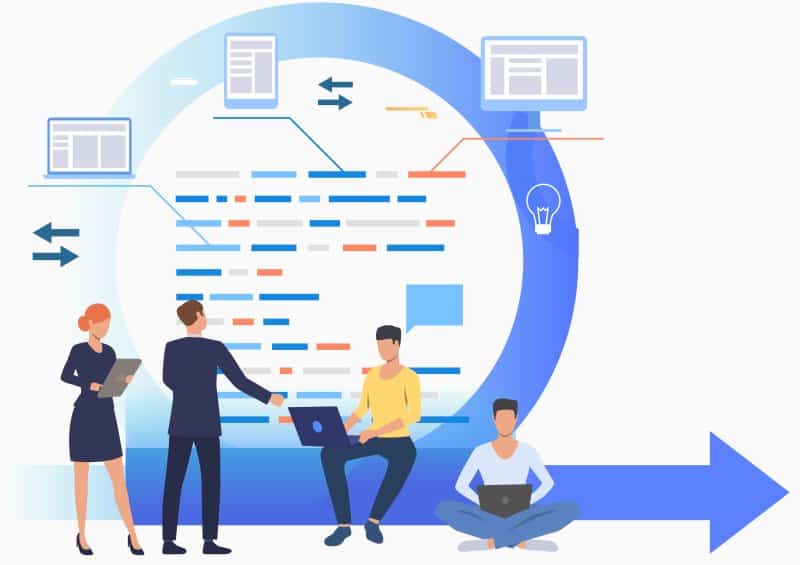 There are several distribution channels that products and services can use to find their way to the customers. Quite often, by mistake, these are called business models. In fact, they are not – they are only a component of the business model.
Here are some distribution channels, and ways how you can distribute your products and services:
There are several distribution channels that products and services can use to find their way to the customers. Quite often, by mistake, these are called business models. In fact, they are not – they are only a component of the business model.
Here are some distribution channels, and ways how you can distribute your products and services:
- Traditional
- Online
- Social media
- Marketplace
- Partnership
- Wholesale
- Membership
- Sell the service that your product performs
- Others
6. Customer needs
Customer needs are a peculiar thing. People and corporations are unique, so are their needs. For human-based customers, needs could be as simple as food and sustenance. For corporations, the needs may get very complex that may take a few years to unravel completely, as the problems were decades in the making. On top of that, there are biases, preferences, values, and other perception filters. All of that gets too complex too quickly. But several techniques worked well for my clients. Here are a few guidelines that you can follow: Start not with the needs, but with wants. What do your customers want? They will always go for that first, before fulfilling their needs. Don’t look for a 100% solution to all your customer problems. Even if you helped them with 50% of their problem, it is still a very considerable help. Be also aware that 90% solution may take you 10x the effort of the 50% solution. Manage perceptions of your customers. It’s not whether you have addressed their pains that matter, but if they believe you have done so.7. Customer benefits
By fulfilling the needs of your customers, you brought them either value or reduction in their pain. They can now achieve more, enjoy their life more, generate more profits, enter new market segments, or become more profitable. When you consider enhancements to your business model, think about both the direct customer benefits and indirect ones. Direct benefits are those that your customers will gain by means of using your products or services. Indirect benefits will not come from the interactions with your product or service but will be enabled by them.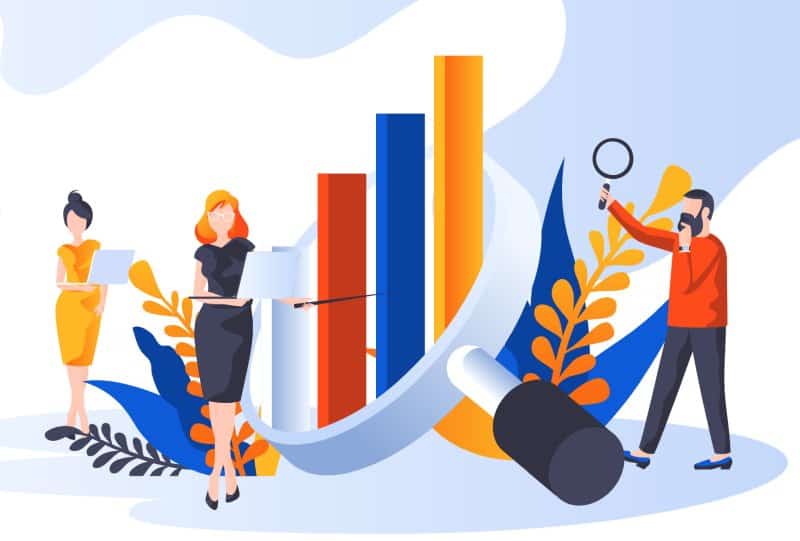 For example, if you give someone an AI-based tool for writing, they will write business proposals faster, leading to more proposals. An indirect benefit is that by creating more proposals, they will be able to get more business and improve profitability. So, rather than positioning your AI tool as something that helps with business writing, you can position it as a tool that helps to meet diverse business objectives.
Include both categories of benefits in your value proposition. Highlight and show testimonials from both their customers and ideally – their recipients of the downstream benefits.
For example, if you give someone an AI-based tool for writing, they will write business proposals faster, leading to more proposals. An indirect benefit is that by creating more proposals, they will be able to get more business and improve profitability. So, rather than positioning your AI tool as something that helps with business writing, you can position it as a tool that helps to meet diverse business objectives.
Include both categories of benefits in your value proposition. Highlight and show testimonials from both their customers and ideally – their recipients of the downstream benefits.
What are business models and how are they built?
As you see from the Business Model Framework, specific choices made in each of the Business Model Framework components lead to virtually unlimited business models. Many of them may even be viable. But the key is not to have a viability of the business model, but rather – to choose the most impactful one based on your core competencies, resources at your disposal, and your customers’ demand. Hopefully, by this time, you understand what a business model is. But, you may ask, how are they built? The answer is quite similar to the answer to the question, “How do I build a successful business?” From the practical perspective, most interest in the business models comes from entrepreneurs considering how to best put together the resources of their disposal and put together viable products that will be a hit among their customers. Revisiting the business model’s design may also be of interest to business leaders, who are looking to enhance the presence of their companies in the marketplace. To accomplish these objectives, my recommendation is not to look at business models in their entirety and to subdivide them into the components of the business model that are covered in this article. Amazon’s business model deserves admiration and praise, and you may be tempted to see how you can repeat it, and borrow some ideas from it. Yet, at the onset, the components of Amazon’s business model were different from what your company may have right now. Most importantly, there is a difference in core competencies, as no two companies are unique.How to enhance or change a business model?
To achieve the biggest difference and tune your business model to peak efficiency, or to come up with a new one – if you are an entrepreneur, my recommendation is to:- Decompose a business model of the top player in your industry segment, or a company that you want to model into individual elements outlined in this Business Model Framework.
- For each element in the Business Model Framework, determine what do they consist of.
- Determine if you can adopt and tweak each component of the business model to achieve peak results.
 Some other components could be very relevant and of very high interest. Take a note of them, and ideally, capture them in a business model roadmap. The roadmap will outline how your business model will evolve over time to achieve the greatest alignment with your customers’ needs.
Take a look at the slightly modified version of the Business Model Framework. The first layer at the top – is your MVP – minimum viable product. MVP includes product features that will take you the least amount of cost and effort to implement, yet those features will be sufficient to deliver value to your customers. You start with the MVP and then enhance your business model based on your customers’ needs and capture what you need to do in a roadmap.
After you have the roadmap, you can group the changes to the business model as iterations. You may ask why the business model changes, but not just enhancements to products and services? In simple cases, you only need to enhance your products or services.
Sometimes, such enhancement will introduce changes across the entire spectrum of the business model and your entire value chain.
After launching new products and services, you may realize that you need to enhance your competencies in some areas or acquire new competencies. You may also need a different product or service inputs, and you may need to find competitive ways to source them.
As the results of such enhancements, your value proposition may be enhanced even further, and your product or service may resonate with the new customer needs.
After you have established a roadmap to enhance your business model – treat it as a business transformation program. This way, you will formalize specific objectives, activities, timeframe, and benefits and have a proven delivery vehicle to help you accomplish the changes you need most effectively.
Some other components could be very relevant and of very high interest. Take a note of them, and ideally, capture them in a business model roadmap. The roadmap will outline how your business model will evolve over time to achieve the greatest alignment with your customers’ needs.
Take a look at the slightly modified version of the Business Model Framework. The first layer at the top – is your MVP – minimum viable product. MVP includes product features that will take you the least amount of cost and effort to implement, yet those features will be sufficient to deliver value to your customers. You start with the MVP and then enhance your business model based on your customers’ needs and capture what you need to do in a roadmap.
After you have the roadmap, you can group the changes to the business model as iterations. You may ask why the business model changes, but not just enhancements to products and services? In simple cases, you only need to enhance your products or services.
Sometimes, such enhancement will introduce changes across the entire spectrum of the business model and your entire value chain.
After launching new products and services, you may realize that you need to enhance your competencies in some areas or acquire new competencies. You may also need a different product or service inputs, and you may need to find competitive ways to source them.
As the results of such enhancements, your value proposition may be enhanced even further, and your product or service may resonate with the new customer needs.
After you have established a roadmap to enhance your business model – treat it as a business transformation program. This way, you will formalize specific objectives, activities, timeframe, and benefits and have a proven delivery vehicle to help you accomplish the changes you need most effectively.
Why is a business model important?
A business model is important, because it helps to unlock the business value. When implemented, it enables businesses to transform inputs needed for a specific business into outputs, such as benefits for the business’s target customer.Do business models change?
Yes, business models change. It is less likely that a business model will change fundamentally. Throughout its life, the business has already generated plenty of expertise with its current model. Switching to an entirely new model may require to go from the current position that may be nearly a finish line back to the start, and join the crowd of new entrants that are just starting on the path of the new business model. Also, as we know well, the “big bang” approach to fix everything in front of our eyes doesn’t work. Are there small or incremental changes to business models? Most definitely, in fact, business leaders are encouraged to make the small changes, let them play out, and verify how effective they were. Were you able to fulfill the additional needs of your existing customers? Were you able to differentiate yourself, and re-invent an entirely new market segment for you? Were you able to leverage a new distribution channel or an innovative way to distribute your product, which led you to unfulfilled customer needs? Those could be some of the goals that you may want to keep in mind when considering enhancing your business model.What are digital business models?
Companies that have digital business models rely on technology to fulfill their business imperatives. For example, a college may deliver education and training using learning management software and collaborative technologies to enhance its business students’ learning experience. Companies rely on technologies to automate, fulfill, or deliver specific components of the business model also very. Some companies may put a heavy emphasis on the use of technologies; others may adopt technologies gradually.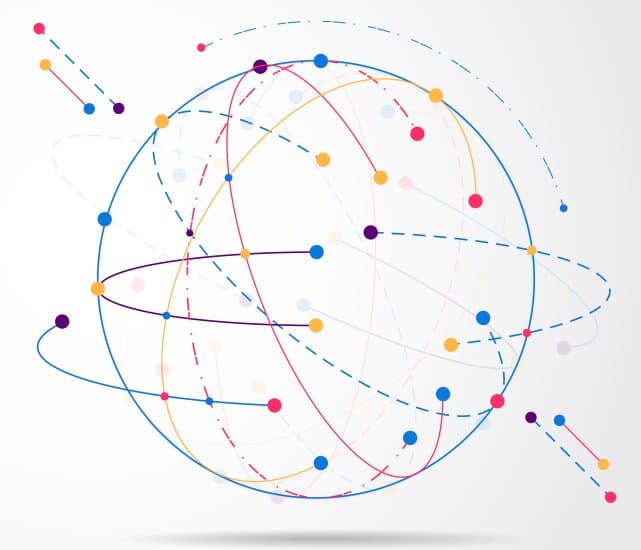 It is very important first to validate what works using what I call a “back of the napkin” approach. If a business model fulfills its objectives, it is profitable, and brings new customers and business value – then it makes sense to use technology to scale or automate some business model delivery components.
But if a business model is based on flawed assumptions, no technology will be able to make miracles happen and make a subpar product a hit in its customers’ eyes.
It is very important first to validate what works using what I call a “back of the napkin” approach. If a business model fulfills its objectives, it is profitable, and brings new customers and business value – then it makes sense to use technology to scale or automate some business model delivery components.
But if a business model is based on flawed assumptions, no technology will be able to make miracles happen and make a subpar product a hit in its customers’ eyes.
Which business model is best?
Quite often, product pricing and product distribution channels are mixed up with the business model. For example, a subscription model as a dominant way to provide a digital product refers to how it is distributed. To determine which business model is the best, we first need to answer the question “what is the business model” of a company that provides subscription-based digital products? If that is the only thing that a company does – the business model will include all of the components in a business model framework above. Such a company will likely have a way how digital products are created and sourced. It will require competencies and differentiating capabilities to translate inputs into specific and valuable content for its customers. Rather than just saying, “The subscription model is the best business model for me,” I encourage you to examine the entire chain of the business model framework thoroughly. Rather than asking a question, “Which business model is best?” it is better to ask the question, “Which business model is the best for me?” Even a better question, will be “Which business model enhancements are the best for me right now.” This question relies on your existing competencies, knowledge, insights, and customer following as a basis and determines how to improve what you do even further. At times, we are tempted to think that “grass is greener on the other side,” or another business model would perform better. Yet, the business performance is based on how well all of the components are chosen, and how well they perform.Why do business models fail?
While this is a common question among my clients, I do not think that business models fail. For every business model (or more accurately, a distinct combination of all of the business model framework) where one company fails, there likely is at least one company in the world that achieved and sustained profitability, thereby proving that the business model is feasible.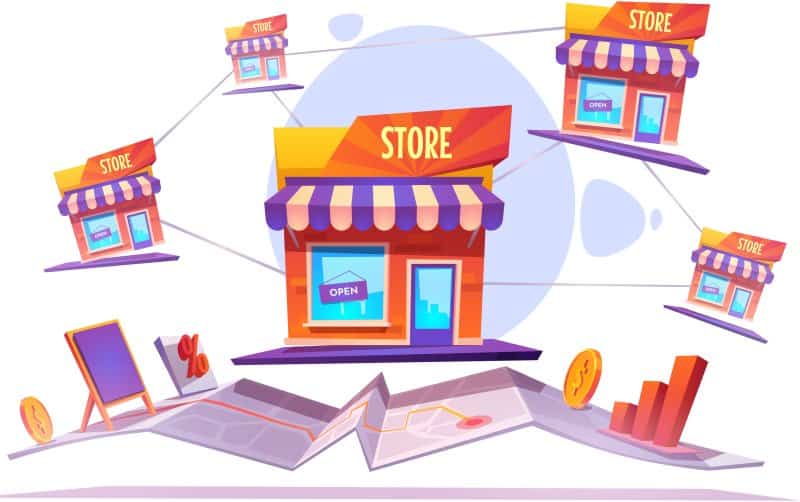 But businesses do fail. In fact, in the USA, within the first 10 years, 94% of companies fail. And a picture is similar elsewhere. There are a few reasons for such a high degree of failure.
The most common one is the issue with scalability, where businesses cannot grow beyond only a handful of employees. Why is that?
Quite often, this happens because company owners are not delegating, but are tempted to accomplish everything themselves. There is a myriad of other reasons too. These range from poor planning and cash flow management to “we’ll build and they’ll come” mentality.
Rather than calling business model failures, I’d call those failures in business management. And with some insights and proper planning, plenty of those can be avoided.
But businesses do fail. In fact, in the USA, within the first 10 years, 94% of companies fail. And a picture is similar elsewhere. There are a few reasons for such a high degree of failure.
The most common one is the issue with scalability, where businesses cannot grow beyond only a handful of employees. Why is that?
Quite often, this happens because company owners are not delegating, but are tempted to accomplish everything themselves. There is a myriad of other reasons too. These range from poor planning and cash flow management to “we’ll build and they’ll come” mentality.
Rather than calling business model failures, I’d call those failures in business management. And with some insights and proper planning, plenty of those can be avoided.
How business models are changing?
In the modern age, information is growing exponentially. The only way to cope with it – is with the help of AI and machine learning. Digitization is another trend that finds its way into how business models are evolving. Yet another trend – are the voice-assisted devices, where to some sites, more than half of the traffic is from the voice-assisted devices and mobile phones. To survive such changes, businesses need to know what they have (components of the business model) and what exactly they need to enhance. And when making changes – always testing the market, demand, profitability, risk resilience, and many other factors that will make up solid business management practices.What kind of business models I can consider?
To simplify the answer to your question, revisit the Business Model Framework, and instead, ask questions about specific business model components. Otherwise, you may spend weeks or months researching the best business models that there are hundreds of. You will be no closer to the tangible and attainable improvement to your business that will make a real difference. These questions about components of the business model could include:
These questions about components of the business model could include:
- Which competencies that I have at my disposal will make up the most attractive value proposition?
- How the customer needs are evolving, and where will they be when I will fully implement the change to the business model?
- What kind of unanticipated benefits of my customers can I include in my value proposition?
- How do I increase differentiation, and make my products more unique and authentic?
Conclusion: What is a business model?
The business model is the overall approach of how the business can accomplish its objectives. Such interpretation applies to both for-profit, and non-profit companies, as both will have business models with a slightly different focus. When looking at anything related to a business model, I would encourage you to examine and work with the business model’s components, as each one has its own rules of the game, success factors, and pitfalls that should be avoided at any cost. Do not expect the grass to be greener on the other side, or with another type of the business model. Yet, when you implement enhancements to your business model using the iterative approach while measuring each improvement action’s effect, you will see improvements. Do it consistently – and you will see business prosperity that I warmly wish for your business.About the Author

Eugen Spivak is a multi-award-winning author, business strategist, and a business coach. Eugen is the founder of the Canadian Institute of International Business, an organization dedicated to bringing practical and hands-on business education for modern business leaders.
Take Action!
Start Improving Today!
If you have questions, book a complimentary diagnostic session today, and find out how we can help you and your company to grow fast!